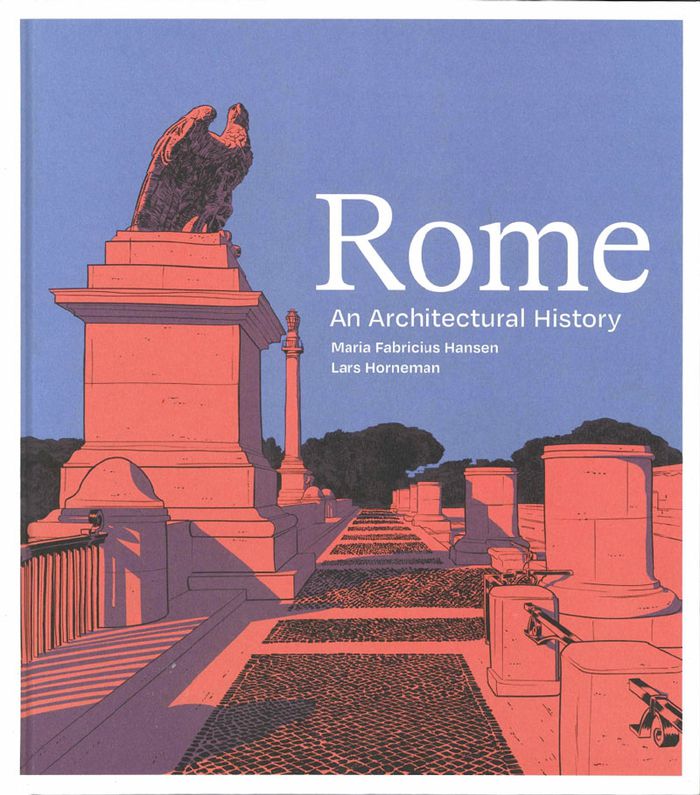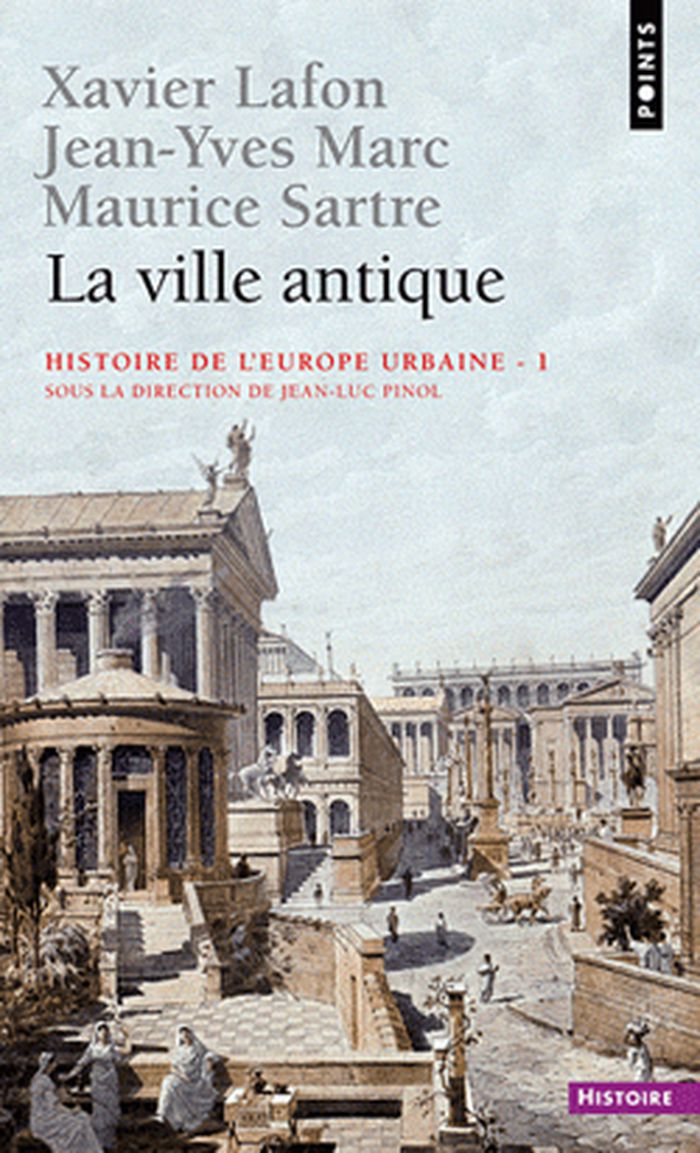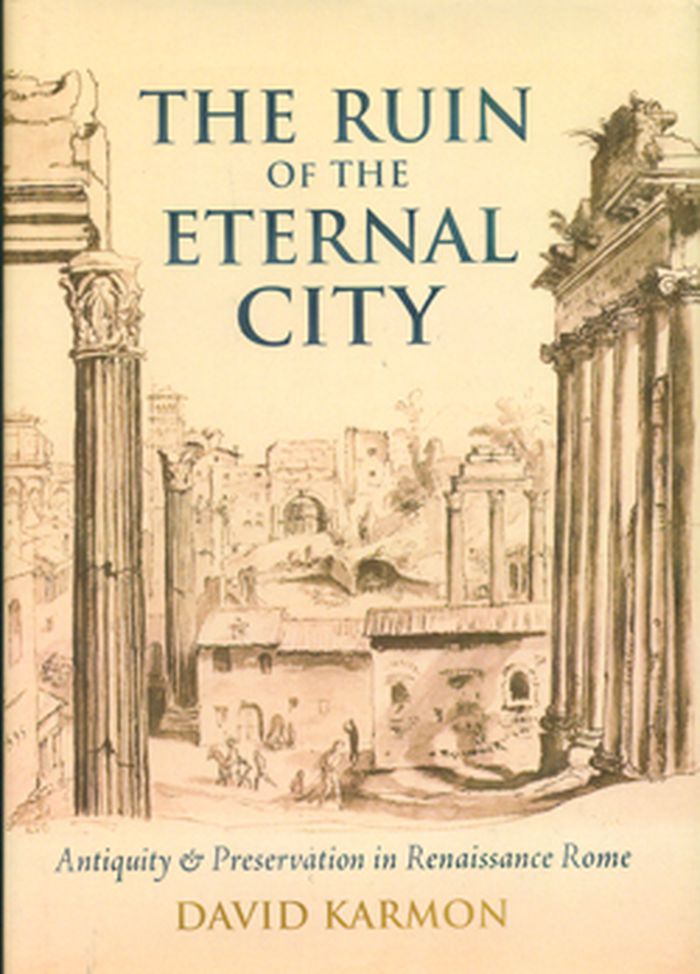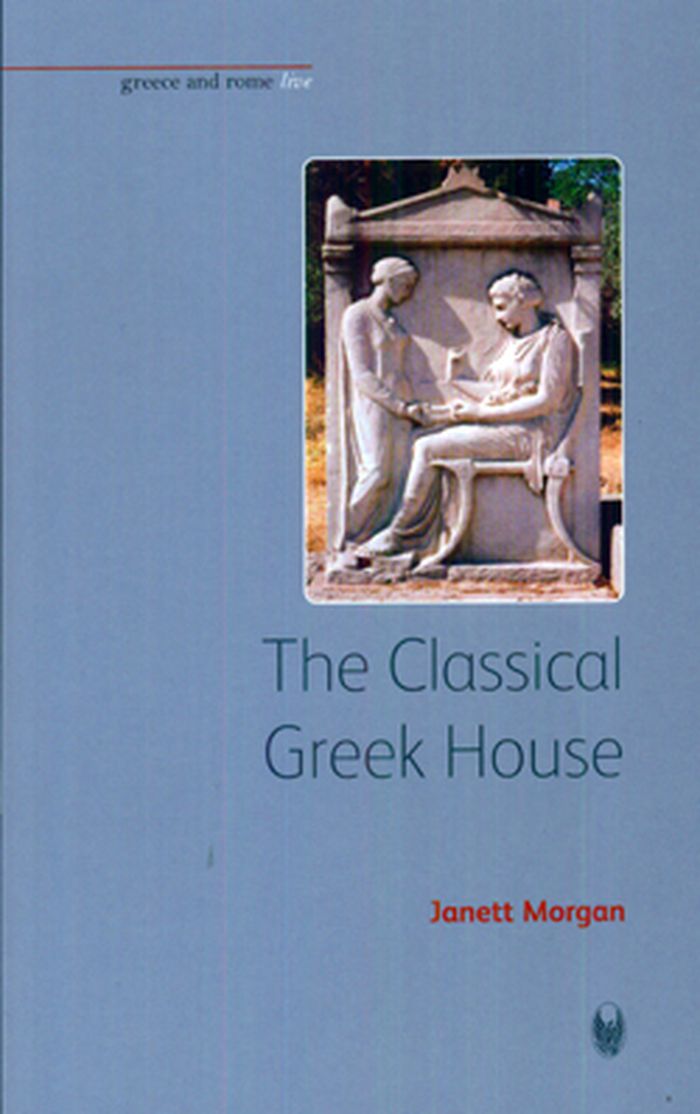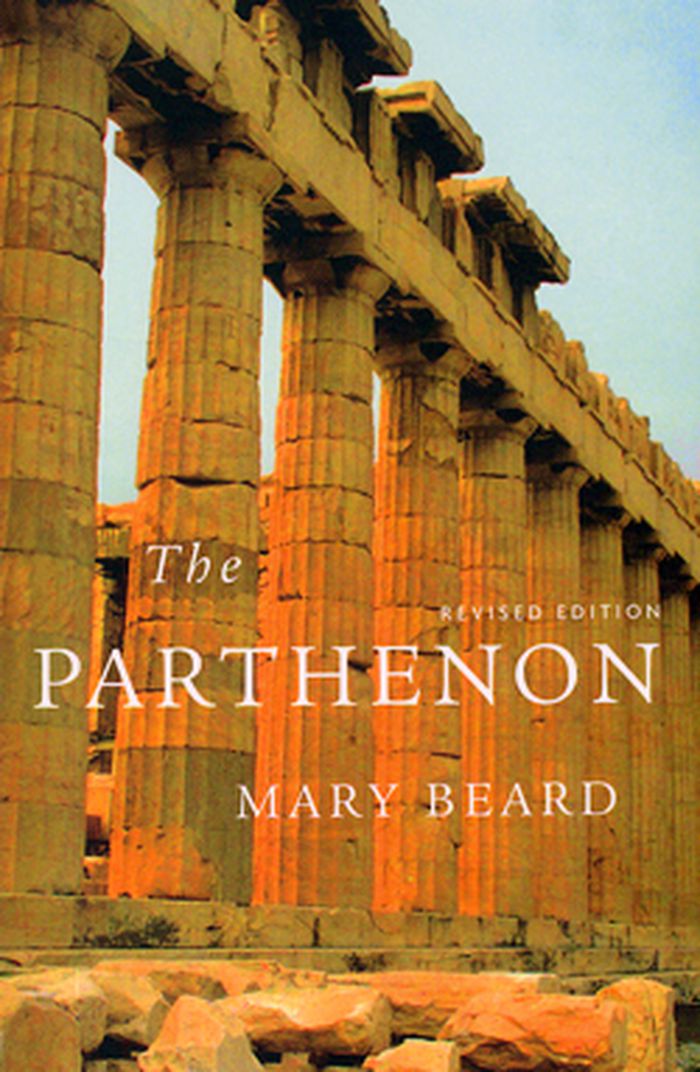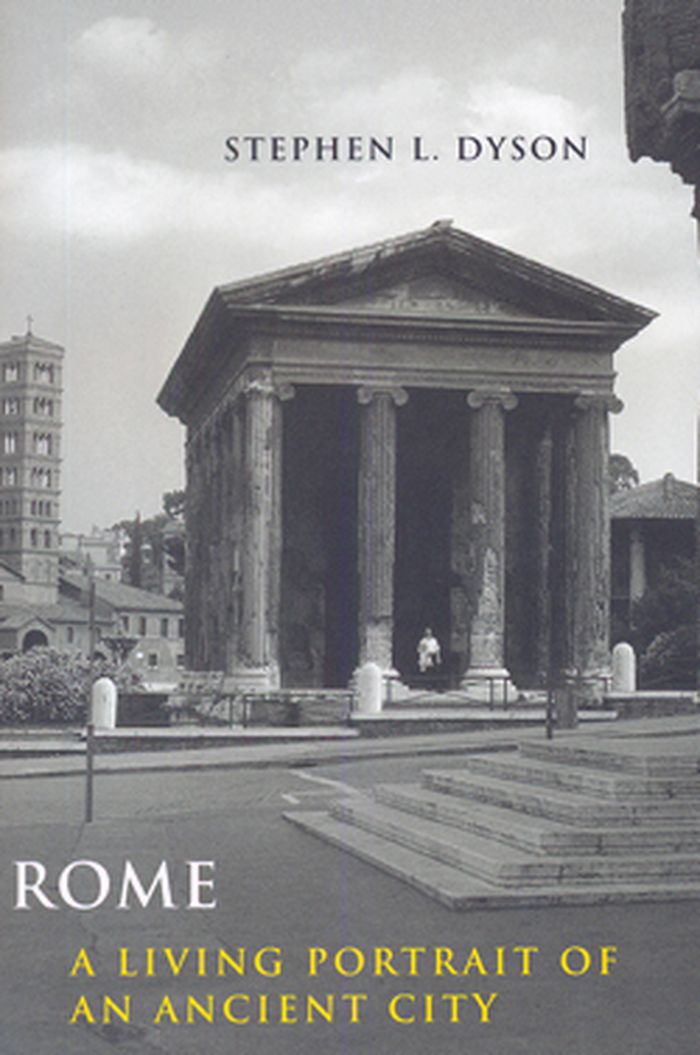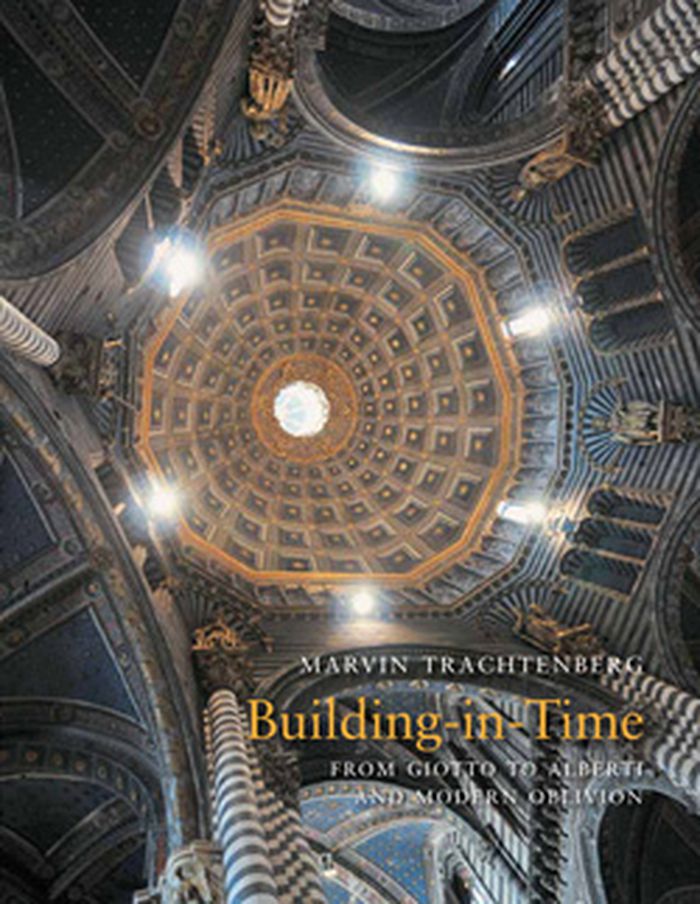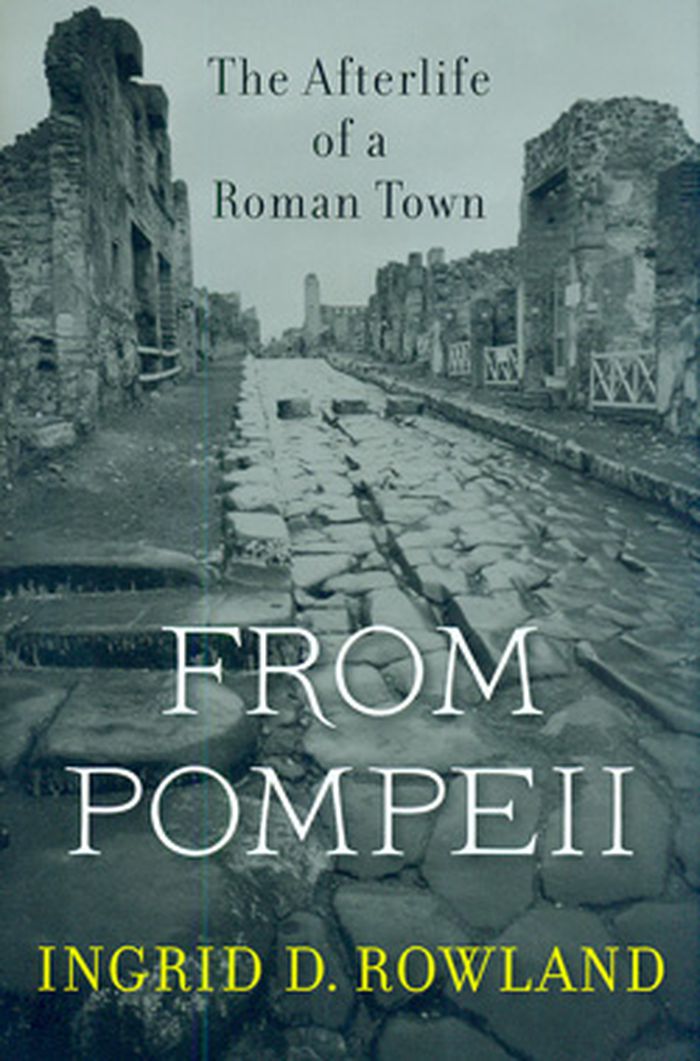$80.00
(available to order)
Summary:
The city of Rome is constructed of numerous historical layers and has been influenced by successions of styles, from antiquity to today. What characterizes buildings from the different periods? With text by professor in art history Maria Fabricius Hansen and illustrations by graphic novelist maker Lars Horneman, Rome: An architectural History describes key aspects of the(...)
History until 1900, Classicism
June 2022
Rome: An architectural history
Actions:
Price:
$80.00
(available to order)
Summary:
The city of Rome is constructed of numerous historical layers and has been influenced by successions of styles, from antiquity to today. What characterizes buildings from the different periods? With text by professor in art history Maria Fabricius Hansen and illustrations by graphic novelist maker Lars Horneman, Rome: An architectural History describes key aspects of the city’s historic buildings. The book introduces Rome’s architecture and urban space while also giving an overview of European architectural history as a whole, as reflected in Rome’s millennia of architectural change.
History until 1900, Classicism
books
$130.00
(available to order)
Summary:
This important book puts forward a new interpretation of Roman decorative art, focusing on the function of decoration in the social context. It examines the three principal areas of social display and conspicuous consumption in the Roman world: social space, entertainment, and dress, and discusses the significance of the decoration of objects and interiors within these(...)
History until 1900, Classicism
July 2009
Style and function in Roman decoration: living with objects and interiors
Actions:
Price:
$130.00
(available to order)
Summary:
This important book puts forward a new interpretation of Roman decorative art, focusing on the function of decoration in the social context. It examines the three principal areas of social display and conspicuous consumption in the Roman world: social space, entertainment, and dress, and discusses the significance of the decoration of objects and interiors within these contexts, drawing examples from both Rome and its environs, and the Western provinces, from the early Imperial period to Late Antiquity. Focusing on specific examples, including mosaics and other interior decor, silver plate, glass and pottery vessels, and jewellery and other dress accessories, Swift demonstrates the importance of decoration in creating and maintaining social networks and identities and fostering appropriate social behaviour, and its role in perpetuating social convention and social norms.
books
July 2009
History until 1900, Classicism
La ville antique
$19.95
(available to order)
Summary:
Une synthèse sur la création des premières villes européennes et sur l'émergence du modèle urbain au sein des civilisations grecques et romaines. Les contributions tentent de définir les conditions qui ont rendu possible la naissance de ce nouveau type d'organisation, connu sous le terme générique de cité, et la diffusion de ce concept autour de la Méditerranée.
La ville antique
Actions:
Price:
$19.95
(available to order)
Summary:
Une synthèse sur la création des premières villes européennes et sur l'émergence du modèle urbain au sein des civilisations grecques et romaines. Les contributions tentent de définir les conditions qui ont rendu possible la naissance de ce nouveau type d'organisation, connu sous le terme générique de cité, et la diffusion de ce concept autour de la Méditerranée.
History until 1900, Classicism
$71.50
(available to order)
Summary:
In Renaissance Rome, ancient ruins were preserved as often as they were mined for their materials. Although the question of what to preserve and how continued to be subject to debate, preservation acquired renewed force and urgency in the fifteenth and sixteenth centuries as the new papal capital rose upon the ruins of the ancient city. Preservation practices became more(...)
The ruin of the eternal city : Antiquity & preservation in renaissance Rome
Actions:
Price:
$71.50
(available to order)
Summary:
In Renaissance Rome, ancient ruins were preserved as often as they were mined for their materials. Although the question of what to preserve and how continued to be subject to debate, preservation acquired renewed force and urgency in the fifteenth and sixteenth centuries as the new papal capital rose upon the ruins of the ancient city. Preservation practices became more focused and effective in Renaissance Rome than ever before. "The Ruin of the Eternal City" offers a new interpretation of the ongoing life of ancient buildings within the expanding early modern city. While historians and archaeologists have long affirmed that early modern builders disregarded the protection of antiquity, this study provides the first systematic analysis of preservation problems as perceived by the Renaissance popes, the civic magistrates, and ordinary citizens. Based on new evidence and recent conservation theory, this compelling study explores how civic officials balanced the defense of specific sites against the pressing demands imposed by population growth, circulation, and notions of urban decorum. Above all, the preservation of antiquity remained an indispensable tool to advance competing political agendas in the papal capital. A broad range of preservation policies and practices are examined at the half-ruined Colosseum, the intact Pantheon, and the little-known but essential Renaissance bridge known as the Ponte Santa Maria.
History until 1900, Classicism
books
$51.95
(available to order)
Summary:
Much of our understanding of the origins and early development of the Greek architectural order is based on the writings of ancient authors, such as Virtruvius, and those of modern interpreters. Traditionally, the archaeological evidence has been viewed secondarily and often made to fit within a literary context, despite contradictions that occur. Barbara Barletta's study(...)
The origins of the Greek architectural orders
Actions:
Price:
$51.95
(available to order)
Summary:
Much of our understanding of the origins and early development of the Greek architectural order is based on the writings of ancient authors, such as Virtruvius, and those of modern interpreters. Traditionally, the archaeological evidence has been viewed secondarily and often made to fit within a literary context, despite contradictions that occur. Barbara Barletta's study examines both forms of evidence in an effort to reconcile the two sources, as well as to offer a coherent reconstruction of the origins and early development of the Greek architectural orders. Beginning with the pre-canonical material, she demonstrates that the relatively late emergence of the Doric and Ionic orders arose from contributions of separate regions of the Greek world, rather than a single center. Barletta's reinterpretations of the evidence also assigns greater importance to the often overlooked contributions of Western Greece and the Cycladic Islands.
books
September 2009
History until 1900, Classicism
The classical Greek house
$27.99
(available to order)
Summary:
Did homes in ancient Greece have kitchens and bathrooms? If so, why have archaeologists had such troubles finding their remains? What did the concepts of home and house mean to the ancient Greeks? This book offers a reappraisal of domestic space in classical Greece. Beginning with the premise that we must cease to view the classical Greek house through the lens of(...)
The classical Greek house
Actions:
Price:
$27.99
(available to order)
Summary:
Did homes in ancient Greece have kitchens and bathrooms? If so, why have archaeologists had such troubles finding their remains? What did the concepts of home and house mean to the ancient Greeks? This book offers a reappraisal of domestic space in classical Greece. Beginning with the premise that we must cease to view the classical Greek house through the lens of contemporary Western notions, Janett Morgan provides an evaluation of what home meant to different communities in the ancient Greek world. By employing textual analysis alongside archaeological scholarship, this publication seeks to explain some of the contradictions that previous approaches have left unresolved. Morgan’s work offers a new perspective on relations between men and women, public and private, and between home and city in the ancient world.
History until 1900, Classicism
The Parthenon
$17.99
(available to order)
Summary:
This book conducts readers through the storied past and towering presence of the most famous building in the world. In the revised version of her classic study, Mary Beard now includes the story of the long-awaited new museum opened in 2009 to display the sculptures from the building that still remain in Greece, as well as the controversies that have surrounded it, and(...)
The Parthenon
Actions:
Price:
$17.99
(available to order)
Summary:
This book conducts readers through the storied past and towering presence of the most famous building in the world. In the revised version of her classic study, Mary Beard now includes the story of the long-awaited new museum opened in 2009 to display the sculptures from the building that still remain in Greece, as well as the controversies that have surrounded it, and asks whether it makes a difference to the “Elgin Marble debate.”
History until 1900, Classicism
$42.00
(available to order)
Summary:
Rather than look only at the physical development of Rome - its buildings, monuments, and urban spaces - Dyson also explores its social, economic, and cultural histories. This approach situates Rome against a background of comparative urban history and theory, allowing Dyson to examine the dynamic society that once thrived there. Dyson follows Rome as it developed(...)
Rome: A living portrait of an ancient city
Actions:
Price:
$42.00
(available to order)
Summary:
Rather than look only at the physical development of Rome - its buildings, monuments, and urban spaces - Dyson also explores its social, economic, and cultural histories. This approach situates Rome against a background of comparative urban history and theory, allowing Dyson to examine the dynamic society that once thrived there. Dyson follows Rome as it developed between the third century BC and the fourth century AD, dividing the megalopolis into distinct neighborhoods and locales. He shows how these communities, each with its own unique customs and colorful inhabitants, eventually grew into the great imperial capital of the Italian Empire. Dyson integrates the full range of sources available -- literary, artistic, epigraphic, and archaeological -- to create a comprehensive history of the monumental city. In doing so, he offers a dramatic picture of a complex and changing urban center that, despite its flaws, flourished for centuries.
History until 1900, Classicism
$70.00
(available to order)
Summary:
This book is about a way of building that for centuries dominated the making of monumental architecture – yet now not only is it lost as practice, but knowledge of its very existence is consigned to oblivion. Trachtenberg rewrites the history of medieval and Renaissance architecture in Italy and recasts the turn to modernity in new terms, those of temporality and its role(...)
Building in time: From Giotto to Alberti and modern oblivion
Actions:
Price:
$70.00
(available to order)
Summary:
This book is about a way of building that for centuries dominated the making of monumental architecture – yet now not only is it lost as practice, but knowledge of its very existence is consigned to oblivion. Trachtenberg rewrites the history of medieval and Renaissance architecture in Italy and recasts the turn to modernity in new terms, those of temporality and its role in architectural theory and practice. Recovering this lost element of the deep architectural past allows us also to see the present in a new way: that temporality is not any neutral or secondary factor in modern architecture culture, but an epistemic condition that silently affects all production and experience of the built environment.
History until 1900, Classicism
$32.95
(available to order)
Summary:
From Pompeii: The Afterlife of a Roman Town explores the fascinating variety of these different experiences, as described by the artists, writers, actors, and others who have toured the excavated site. The city's houses, temples, gardens--and traces of Vesuvius's human victims--have elicited responses ranging from awe to embarrassment, with shifting cultural tastes(...)
From Pompeii: the afterlife of a roman town
Actions:
Price:
$32.95
(available to order)
Summary:
From Pompeii: The Afterlife of a Roman Town explores the fascinating variety of these different experiences, as described by the artists, writers, actors, and others who have toured the excavated site. The city's houses, temples, gardens--and traces of Vesuvius's human victims--have elicited responses ranging from awe to embarrassment, with shifting cultural tastes playing an important role.
History until 1900, Classicism
